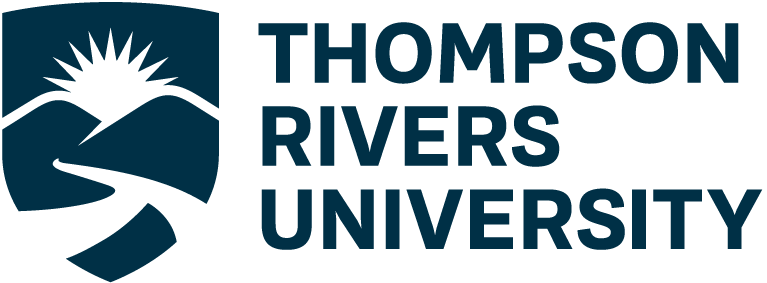Open Learning Multimedia
Welcome to the Open Learning Multimedia Project website!
The goal of this project was to create a website with research-informed examples to support TRU Open Learning developers as they design their OL courses. Instructional designer Dr. Verena Roberts led the project with the support of OL developers and TRU research students.
The content is split into three separate components:
- The Guides are specific summaries and overviews directly connected to Mayer and Fiorella’s The Cambridge Handbook of Multimedia Learning (2021, Cambridge University Press). Dr. Jonathan Yang reviewed and summarized the key themes and principles of the chapters and expanded upon the literature by highlighting discipline-specific examples.
- The Annotated Bibliography is an annotated collection of recent and emerging literature based on the themes covered in Mayer and Fiorella’s handbook on multimedia learning. The annotated bibliography was written by TRU research students Puneet Malik and Karan Singh.
- The Additional Resources are links to current TRU resources across campus to support the design, creation, and integration of multimedia in all OL courses.
When selecting media to use in TRU Open Learning courses, refer to the Multimedia Course Development Checklist (available as a Word document or PDF).
Please do not hesitate to contact Dr. Verena Roberts (vroberts@tru.ca) with any questions.
How to Use These Guides
These guides are meant to help TRU OL developers make media choices as they develop their course materials. The contents of these guides are connected through WordPress #tags to help support developers in making connections and finding multiple examples of multimedia opportunities. Note that these guides only make up a starting point. Please discuss your media needs with your instructional designer as they are your liaison with the Open Learning Media Team. The Media Team is available to support you with the inclusion of media from initial consultations to creation and finalization.











